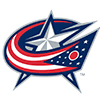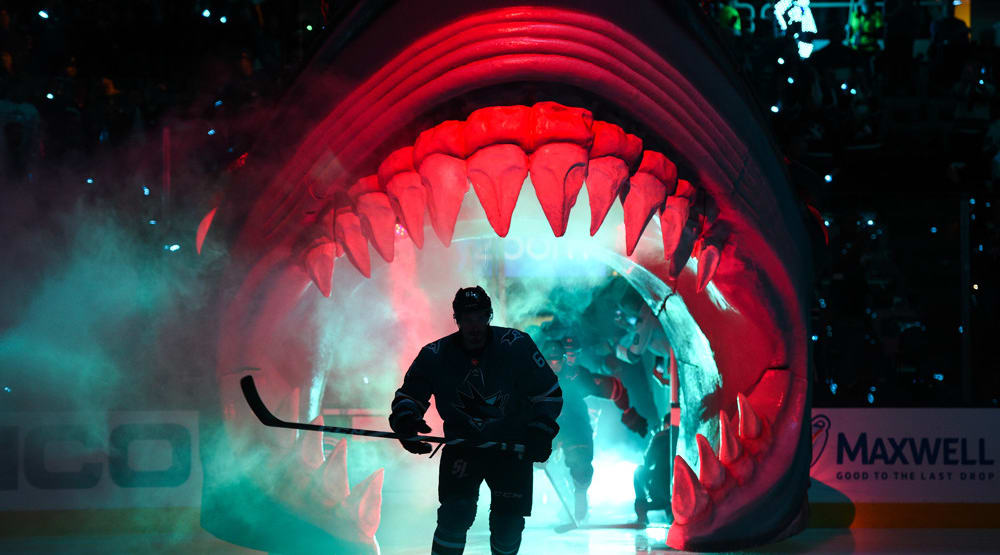The season is young but there are already some teams out there that are getting ravaged by injuries. Montreal seems to starting off where they left off last season, having to play from behind because of injuries. Jaroslav Spacek sustained a rib injury when he was checked into the boards. He has been out for the last two weeks. Rib injuries are interesting because the ribs function in many different ways. Of course, they protect our lungs and heart but they are attachments for many muscles that move our arms or help stabilize our trunk so an injury to even one rib can cause changes in how one moves. You may not want to lift an arm as high or push as hard because the rib cannot stabilize against the muscle contraction. Or the trunk's ability to stabilize may be compromised so the player may not be as physical, because the resulting contact may cause pain. But just as important, the player's breathing may be compromised. They may not take a deep of a breath or their respiratory rate may be affected by the pain they may be experiencing. This will negatively impact their on-ice performance. Ribs can be dislocated or subluxed which are two different things. Repeated injury may also lead to a dysfunctional rib segment. Depending on his activity level, his rehab may focus on many different aspects ranging from pain control to controlled mobility exercises in the chest region a long with core stability exercises.
Florida is
The season is young but there are already some teams out there that are getting ravaged by injuries. Montreal seems to starting off where they left off last season, having to play from behind because of injuries. Jaroslav Spacek sustained a rib injury when he was checked into the boards. He has been out for the last two weeks. Rib injuries are interesting because the ribs function in many different ways. Of course, they protect our lungs and heart but they are attachments for many muscles that move our arms or help stabilize our trunk so an injury to even one rib can cause changes in how one moves. You may not want to lift an arm as high or push as hard because the rib cannot stabilize against the muscle contraction. Or the trunk's ability to stabilize may be compromised so the player may not be as physical, because the resulting contact may cause pain. But just as important, the player's breathing may be compromised. They may not take a deep of a breath or their respiratory rate may be affected by the pain they may be experiencing. This will negatively impact their on-ice performance. Ribs can be dislocated or subluxed which are two different things. Repeated injury may also lead to a dysfunctional rib segment. Depending on his activity level, his rehab may focus on many different aspects ranging from pain control to controlled mobility exercises in the chest region a long with core stability exercises.
Florida is another team that is struggling because they are waiting for several players to recover from surgery or injury. Scott Clemmensen had knee surgery late September and was expected to be out for one month. He is expected to start facing shots this week. This means that he has tested his lateral mobility and has not felt any negative effects. Being able to stand in net and take shots is a good sign. This would be better if he was also going to participate one-on-one drills to test his crease mobility. Either way, this is a good sign. One month would put him back this week but I think it would be more realistic to have him back in two more weeks. This may also be safer plan to ensure complete recovery.
A player that seems close is Mike Santorelli. He had a shoulder injury late September and they were projecting him back in 3-4 weeks and he is travelling with the team this week, which is always a good sign. The predictive signal will be how much contact he is taking in practice. If he is taking hits and delivering hits in practice then it means that his shoulder is feeling good. He is not avoiding contact which is a good sign for all shoulder injuries. Shoulder injuries are delicate because the shoulder region is a very unstable area and much care is needed to properly rehab the shoulder so they is no limitations in motion while trying to increase strength or stability.
Florida also seemed to adopt a potential problem with Mikael Samuelsson. He had a sports hernia repair in May. He stated that he was 100% one month ago but is still exhibiting soreness. Sports hernia repair deals with the abdominal muscle, but the effects of the surgery can affect all adjacent joints and muscles. He seems to be having soreness in the adductor muscle which links to the strength in the anterior chain of muscles required for trunk and hip strength. If he recovers, he will be a force for Florida but, right now, it is just a waiting game.
An example of proactive medical care is Jacob Josefson of the New Jersey Devils. He sustained a broken clavicle (collarbone). Instead of waiting or immobilizing the arm to see if the clavicle would heal okay, the medical staff decided that the best choice was to surgically repair the fracture. The operation would surgically re-align and immobilize the bone, so healing time would be shorter and the player would potentially be allowed to move the arm earlier, which ultimately means a quicker return to the ice. He is still expected to be out for 3-4 months but at least that means that he will be back this season. Once he is cleared to move, the first objective will be to regain normal shoulder blade and shoulder joint motion. Then the task of re-training the muscles to coordinate their actions will start. Along with this will be the strengthening portion of the rehab process. We should have a better idea of his progress in one month.
Columbus seems to be another team that is getting ravaged by injuries as well. Marc Methot sustained a broken thumb and cannot grip a stick. It was initially thought that he may be able to continue but he lacks the grip strength and there is concern for infection form the injury. Thumbs allow us to use our hand. Without a strong and opposable thumb, we cannot do most of the things we take for granted. Holding a cup or a fork let alone a hockey stick. We cannot generate force to hold anything. Luckily, the bone tends to heal fast and there will not be much time when it will be immobilized so mobility may not be as much of an issue as regaining the strength in the hand. If the break is bad enough that he needs to stop playing, we should have better idea of his progress in a couple of weeks.
Columbus also lost Radek Martinek because of a concussion. He is considered day to day but most teams are pretty conservative with concussions so he may be rested for a week or so just be sure that he does not have any residual signs. The next couple of days will tell us much more after he is tested and observed as to how he is doing with his daily activities and workouts.
Lastly with the Blue Jackets, Mark Dekanich, Columbus's backup goalie, who had sustained a high ankle sprain late September. He was cleared for goalie specific drills. This probably means testing the lateral stability of the ankle. The high ankle sprain is an abnormal stretch of the interosseos ligament between the tibia and fibula. So side-to-side movements and pad-save related movements would place a lot stress on the ligament. Being cleared to do these types of drills is great because it reflects that the ligament has healed enough to start to strengthen the surrounding muscles, to augment the stability in the ankle/lower leg. The key will be the next week or so because we will see if the ligament is well healed or the stress is going to set him a back.
Lastly, Pittsburgh can't seem to get a break. Brian Strait is going to miss the next 4-6 wks with a hyperextended elbow. Some may not realize how bad a hyperextended joint can be. It means that all the ligaments have been overstretched. This results in lots of pain but also a very unstable joint. The muscles are not ready to act as secondary supports because they also have been injured in the accident. Brian will probably be wearing an elbow brace for 3-4 wks to ensure that the ligaments are given sufficient time to heal. He will be allowed to start light strengthening workouts for the shoulder then the elbow muscles. Significant stability training and hockey specific training may start around the 3-4 wks mark depending on rehab progress and pain. This will give him about 2-3 wks of hockey training to get back in the line up. These are speculative because the elbow needs to be ready to take the force and contact required in hockey. We will see in the next 2-3 wks how he is doing and will have a better idea of his timeline.




























